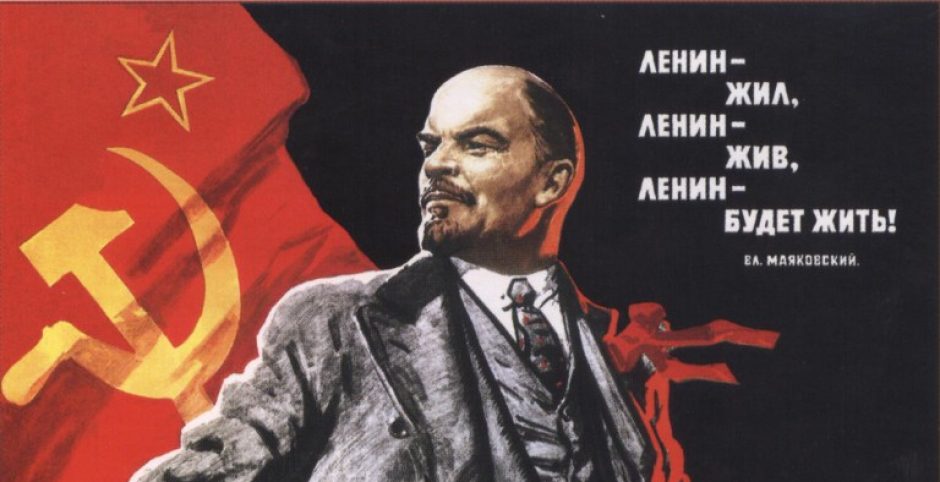I’m interested in the Bushkovich reading and Hadji Murat in the context of Russia’s continuous attempts at Westernization. Bushkovich describes Russia’s territorial annexation as a mimicking of the successes of European colonial empires. Russia has been consistently referred to as a “backwards” country, which seems to have created a unique dynamic between the Russians and the Caucasians. There is a tension between Russia’s imperialist inclinations – embedding Russian culture and infrastructure, and integrating territories into the Russian economy – and the realities of its ability to control so many diverse peoples. Russia seems still to be a “developing” nation, and this impacts the type of relationship it has to its colonized groups.
What can Hadji Murat tell us about the nature of Russia’s colonial expeditions? To me, Hadji Murat seems to be symbolic of this complex relationship, and his story puts into question Russia’s stance as a European power. Hadji Murat’s identity is torn between his allegiance to his own people and the acceptance he has found amongst the Russians. Bushkovich describes Russia as “…too modern to remain an empire of nobilities around the tsar, but too backwards to fully unleash the social forces that integrated minorities in Western Europe” (Bushkovich, 270). Perhaps Hadji Murat inhabits a similar position. If we agree with this analogy, what can we say about Hadji Murat’s eventual death?

Murat certainly finds himself between not only his own people and the Russians, but between two despots: Imam Shamil and Nicholas I. Throughout the book, Tolstoy criticizes and pokes fun at authority and elites. He saves his strongest critique for Nicholas I, portraying the Russian leader as backward and incompetent, yet also deeply proud of his achievements. In the book, Nicholas is characterized as ill-tempered and self-indulgent; he treats women with contempt and takes pleasure in cruelty (“it pleased him to be ruthlessly cruel” (Tolstoy 665). Nonetheless, Nicholas sees himself as a successful European emperor in the vein of Napoleon: at one point he “covered himself with the cloak which he considered to be (and spoke of as being) as famous as Napoleon’s hat” (660). If, in its colonial exploits, Russia mimicked the successes of European colonial empires, this scene – Nicholas laying in bed literally wrapped up in his Napoleonic self-perception – symbolizes this idea nicely.
*Apologies – I have an alternative edition of the book and so page numbers do not match up.
Tolstoy’s “Hadji Murat” sheds light on the cultural schism that existed between the Russians and the Caucasians. The character, Hadji Murat, attempts to transcend this schism, which ends up being what ultimately ends his life. In essence, Hadji Murat represents the possibility of union between Russia and the Caucasus, as he maintains his own cultural identity while at the same time adapting to Russian customs and offering to help Russia in the war. Yet the fact that neither the Russians nor the Caucasians ever fully trust him, and that in the end both sides want him dead, proves that perhaps this incorporation was doomed from the beginning.
While the Russians are willing to allow Hadji Murat to stay in Russia, it is always with a high level of distrust. Their distrust appears heightened by Hadji Murat’s attachment to his religion and culture. Initially, he wears a turban which is taken to be a sign of loyalty to Shamil, and later Vorontsov says of him, “if there was one thing that might worry Tarkhanov in his relations with Hadji Murat, it is his attachment to his religion.” (Tolstoy, 63) This exemplifies Russia’s difficulty in accepting or embracing the cultures and beliefs of the people living in the territories they seek to incorporate. Paul Bushkovitch writes, “[Russians] were going to imitate the master imperialists, their English rivals, and build a modern empire. Central Asia was to be slowly modernized by building European infrastructure, giving modern education to the natives…” (Bushkovitch, 267). Russia’s arrogant attempt to revolutionize and redefine, instead of incorporate and accept, the cultures of the various Caucasian territories, seems to be at the heart of the conflict dividing the two regions.
In the end, Hadji Murat’s death appears inevitable, whether at the hands of the Russians in his attempt to flee, or the hands of Shamil upon his return to his homeland. If Hadji Murat symbolizes the possible union between Russia and the Caucasus, his slaughter symbolizes the hopelessness of true unity between the two cultures ever being achieved.